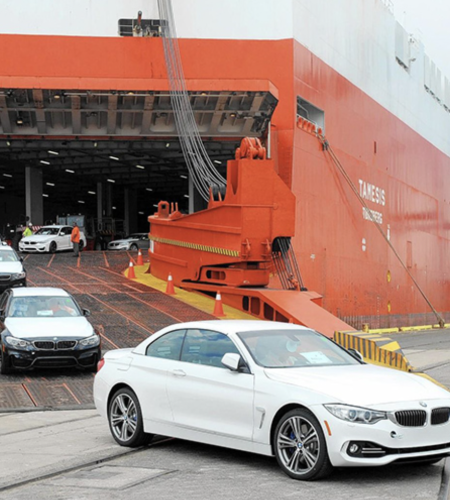When buying an imported car in the UK, it helps if one understands these two broad categories: Parallel Imports and Grey Imports. Both have associated benefits and drawbacks, thus appealing to the tastes of different buyers.
To begin with, if you only want to check if a car is imported, you can do so with a free HPI check. All you need is the registration plate. This will also indicate whether it has been imported from outside the UK or from Northern Ireland. Additionally, you will be able to view a complete history check on the car.
Parallel Imports
Parallel imports are those cars bought from another European country, often sourced through car supermarkets or brokers. This process is usually uncomplicated and secure provided all the documents are valid. The buyer needs to check if the warranty terms are similar to those for a UK-supplied vehicle. Discussions with trusted dealers and thorough research can reduce risk.
Insurance is yet another critical factor. Talk to your insurance provider to determine how parallel imports would affect your premiums. Some models are bound to result in higher costs, while others might make little difference. Parallel imports are popular, however, because of their relative low price and availability, frequently avoiding local dealership waiting lists.
However, note that grey imports tend to depreciate faster than domestic models. The final cost may also be affected by exchange rates, and warranty details are likely to vary from UK-built cars.
Grey Imports
Grey imports refer to cars imported into the UK from non-European countries, particularly Japan. They can be high-performance sports models or family hatchbacks. Japanese imports were once highly prized, but buying grey imports today needs careful consideration.
The most important things are that the vehicle must pass UK standards. It may be necessary to adjust lights or change some instruments. All these modifications should be made as soon as possible for lawful road use.
Full service histories and accident reports can be difficult to obtain. A lack of documentation may suggest hidden problems, including previous accidents or poor maintenance. The specifications of grey imports and UK models vary, and replacement parts for the former may not be readily available, which will prolong the time taken to repair.
Grey imports usually cost more in insurance premiums, and the warranty is sometimes minimal. There may be additional compatibility issues, specifically with UK radio frequencies and the use of fuels. Despite these problems, grey imports deliver high performance, reliability, and features not often seen in UK models. Those coming from warmer climates may also show lesser rust that collectors and enthusiasts will find appealing to their eyes.
Personal Imports
Personal imports are those which are imported by private individuals, without professional assistance. It is a process almost similar to purchasing a car from a private owner. All relevant information about the car, such as accident reports and service history, must be obtained. In most cases, personal imports are registered with the DVLA and are inspected for road legality.
Insurance Considerations
Insurance is a significant aspect of owning an imported car. Companies like Lifesure, which specialize in imported car insurance, can give you an idea of premium costs and possible coverage issues. Contacting them before purchase can help you make an informed decision.
Where to Buy and Final Tips
Imported cars are also available at specialist dealerships; many carry very popular grey imports from Japan and the US. UK consumer protection laws will, of course apply, so using reputable importers who supply good warranty and accident information is always a good idea.
Before purchasing, thoroughly research the vehicle, verify legal compliance, and understand the implications on insurance. This will guarantee a smooth and satisfactory experience for owning an import car in the UK.

